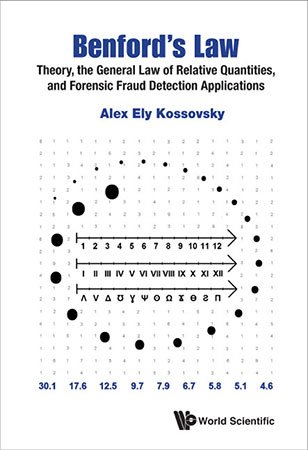

Most ebook files are in PDF format, so you can easily read them using various software such as Foxit Reader or directly on the Google Chrome browser.
Some ebook files are released by publishers in other formats such as .awz, .mobi, .epub, .fb2, etc. You may need to install specific software to read these formats on mobile/PC, such as Calibre.
Please read the tutorial at this link: https://ebookbell.com/faq
We offer FREE conversion to the popular formats you request; however, this may take some time. Therefore, right after payment, please email us, and we will try to provide the service as quickly as possible.
For some exceptional file formats or broken links (if any), please refrain from opening any disputes. Instead, email us first, and we will try to assist within a maximum of 6 hours.
EbookBell Team

4.0
26 reviewsThis book gives a comprehensive and in-depth account of all the theoretical aspects, results, causes and explanations of Benford's Law, with a strong emphasis on the connection to real-life data and the physical manifestation of the law. In addition to such a bird's eye view of the digital phenomenon, the conceptual distinctions between digits, numbers, and quantities are explored; leading to the key finding that the phenomenon is actually quantitative in nature; originating from the fact that in extreme generality, nature creates many small quantities but very few big quantities, corroborating the motto "small is beautiful", and that therefore all this is applicable just as well to data written in the ancient Roman, Mayan, Egyptian, and other digit-less civilizations.
Fraudsters are typically not aware of this digital pattern and tend to invent numbers with approximately equal digital frequencies. The digital analyst can easily check reported data for compliance with this digital law, enabling the detection of tax evasion, Ponzi schemes, and other financial scams. The forensic fraud detection section in this book is written in a very concise and reader-friendly style; gathering all known methods and standards in the accounting and auditing industry; summarizing and fusing them into a singular coherent whole; and can be understood without deep knowledge in statistical theory or advanced mathematics. In addition, a digital algorithm is
…